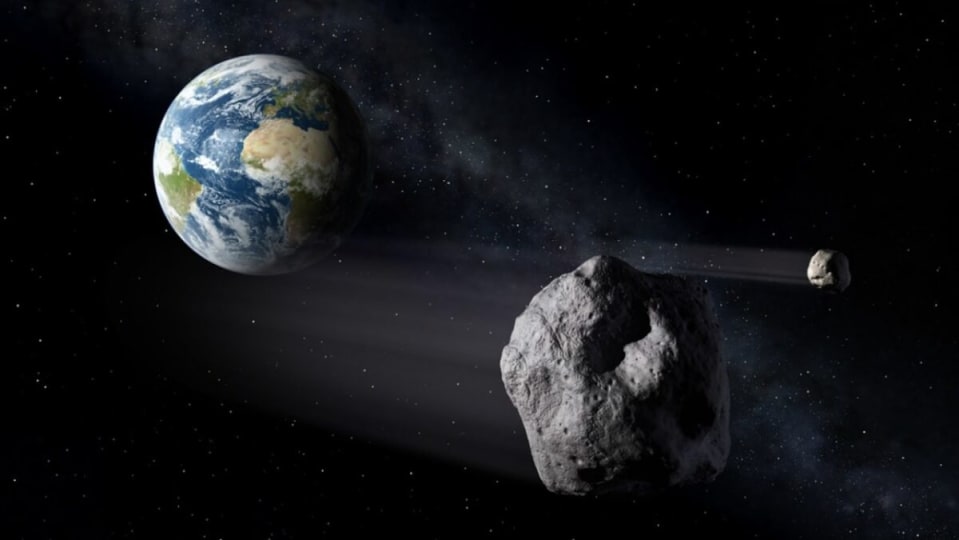Despite what many people may believe, algorithms are not only used to show us TikTok videos that we like or Instagram posts that… well… we don’t dislike so much. Algorithms are used, for example, in space observation, allowing us to know the paths and trajectories of comets and asteroids, in order to avoid a potential catastrophe.
Catastrophe like the one that could be caused by 2022 SF289, an asteroid almost 200 meters long that has been detected by a powerful algorithm whose sole function is to search for asteroids in outer space, and which will be implemented at the Vera C. Rubin Observatory, located in Chile. Rubin Observatory, located in Chile.
According to Ari Heinze, a scientist and researcher at Rubin Observatory and the University of Washington, asteroid 2022 SF289 is currently 4 astronomical units away (4 times the distance between the Sun and the Earth) and would pass on the opposite side of our planet’s orbit, so it is classified as a potentially dangerous asteroid.
The algorithm responsible for the detection of this asteroid is called HelioLinc3D, and was tested using the University of Hawaii’s ATLAS survey. The detection of this space rock is a significant event, as it demonstrates that the algorithm is capable of detecting near-Earth asteroids with a smaller number of observations than using traditional methods.
“By demonstrating the real-world effectiveness of the software Rubin will use to search for thousands of yet-unknown potentially hazardous asteroids, the discovery of 2022 SF289 makes us all safer,” Heinze said in his statement.
Although the Rubin observatory was scheduled to open in 2022, the pandemic eventually delayed everything. If all goes well, the observatory will finally open its doors in 2025, and will use a 3.2 gigapixel camera (3.2 billion megapixels) to take images of the night sky once a week.
Some of the links added in the article are part of affiliate campaigns and may represent benefits for Softonic.














